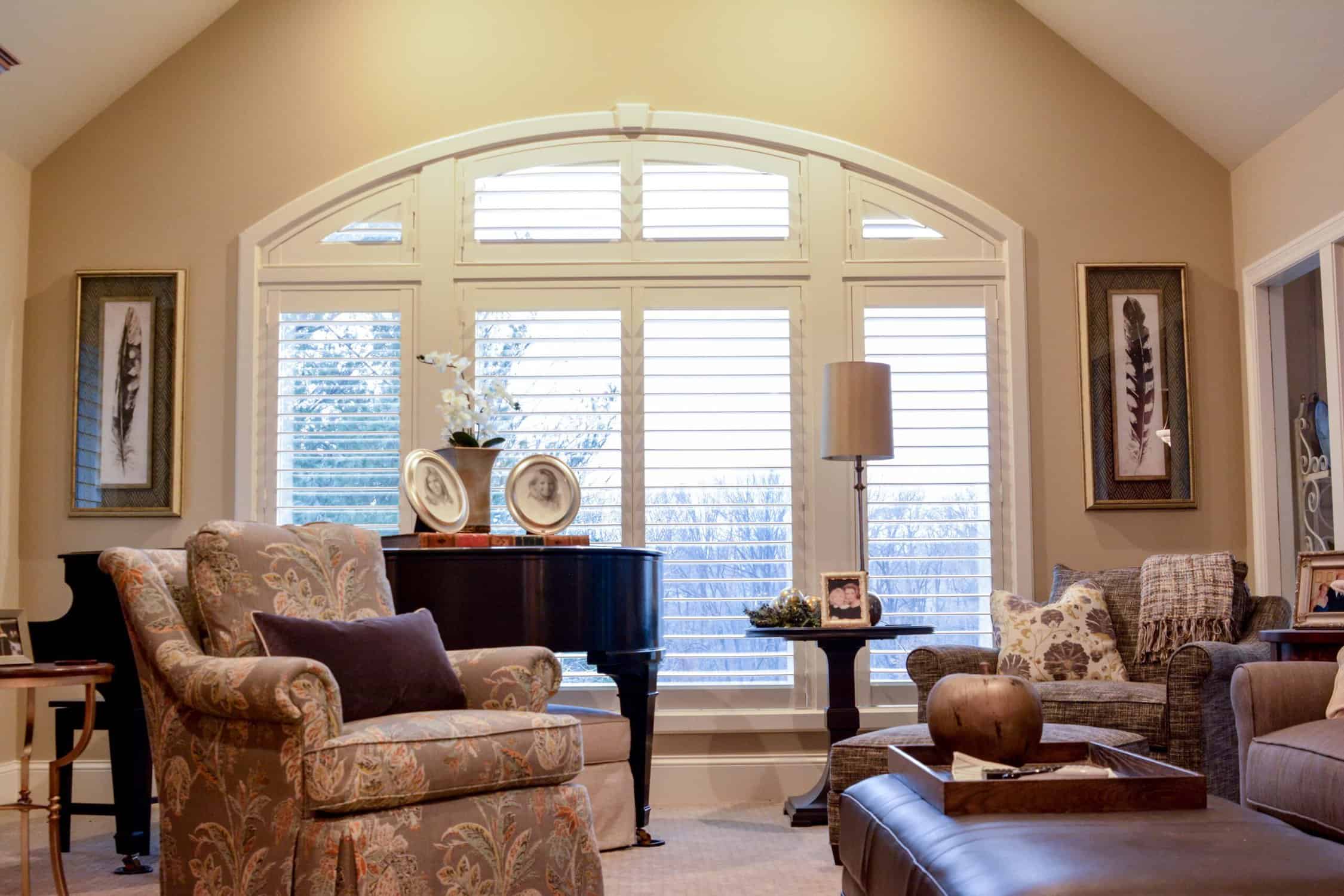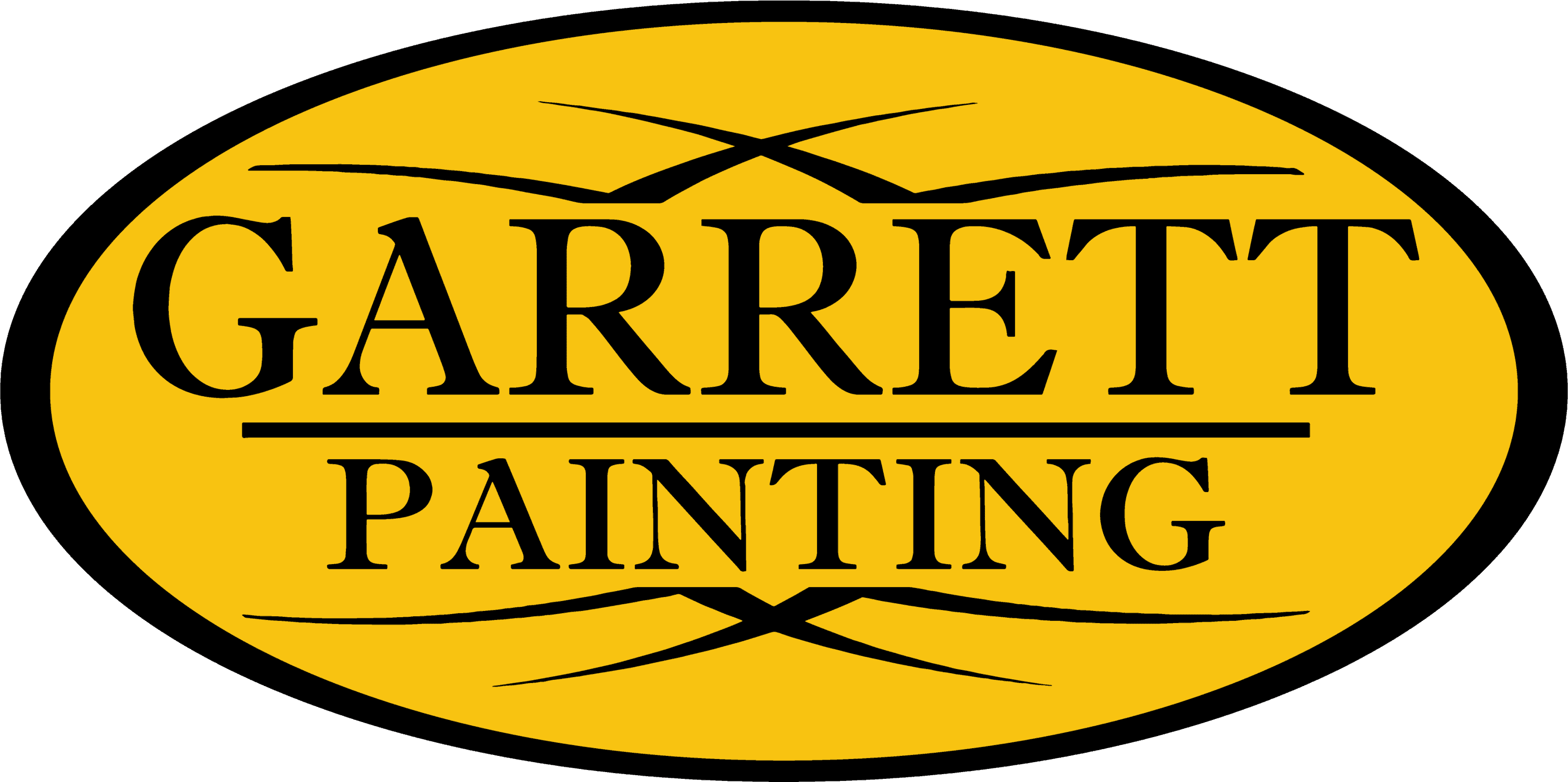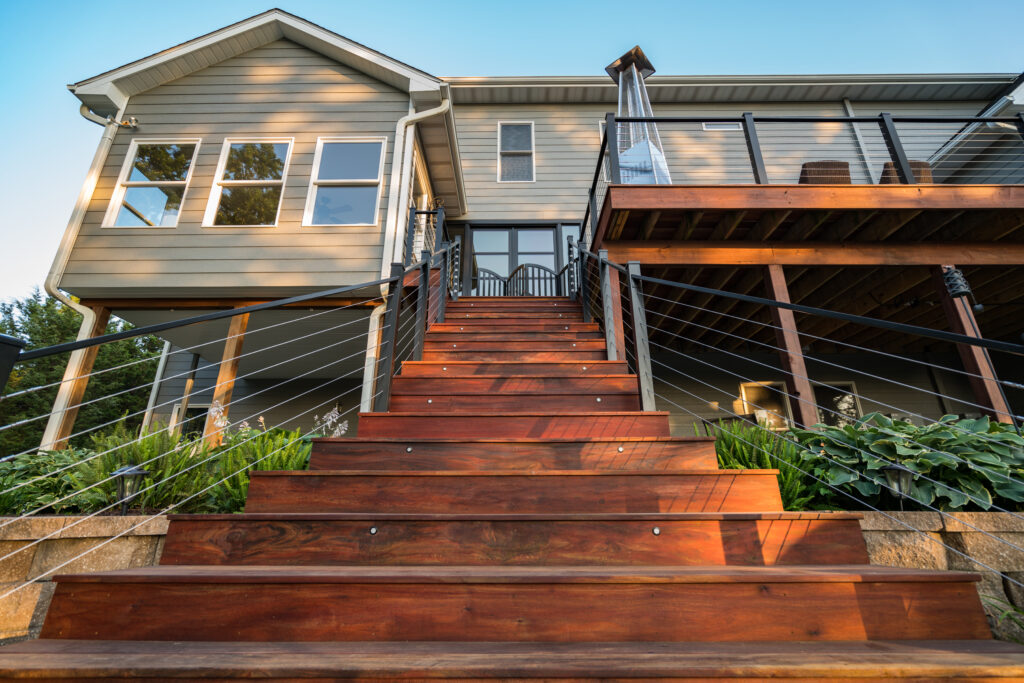How to paint textured walls without the mess is one of the most common questions homeowners ask during interior house painting in Columbia, MO. Textured walls bring depth and character to a room, but they also add a bit of a learning curve when it’s time for a refresh. I’ve worked on a lot of homes with walls that look like someone went wild with a sponge or sprayed joint compound with abandon. If that sounds familiar, don’t worry—you’re not alone.

One of our recent clients had tried repainting their textured living room wall with a standard foam roller. The results were exactly what you’d expect—missed spots, streaks, and paint that pooled in the deeper grooves. She was frustrated and exhausted. When she called us in, we walked her through a smarter process. Our team used the right roller nap, prepped the surface correctly, and worked in sections to control drips. The end result? A beautifully even finish that completely transformed her space. She told us it was the first time her wall ever looked the way she had imagined it could.
Let’s break down how to paint textured walls so you can avoid the same headache.
Key Takeaways
Choose the Right Tools and Materials
If you’re serious about getting smooth, clean results on walls with textured paint, your gear matters. Choose the right painter roller! Skip the foam rollers. They simply don’t have the depth to work paint into the grooves. Instead, go with a 1/2-inch nap roller for standard texture or up to 3/4-inch nap if the surface is more dramatic.
You’ll also want:

A good interior house painter always double-checks materials before starting. Have everything ready before opening that first can.
How to Paint Textured Walls: Your Detailed Guide

Extra Tips From a Pro Interior House Painter
Working with textured walls can feel frustrating, but it doesn’t have to be. Here are a few personal notes I’ve picked up over the years:
These small habits make a big difference. That’s why so many people leave this job to a professional house painter.
Let Garrett Painting Handle the Hard Work
Textured walls are no joke. If you want professional results without lifting a finger, let Garrett Painting do the heavy lifting. Our team has helped homeowners across Columbia, Jefferson City, Ashland, and and the surrounding Missouri Suburbs transform their interiors with skill, care, and sharp attention to detail.

We’ll show up on time, protect your space, and deliver flawless results—without zero stress.
Call Garrett Painting at 573-533-4462 for a FREE estimate on your next interior house painting project. Whether you’re tackling one wall or your whole home, you deserve expert results without the hassle.




